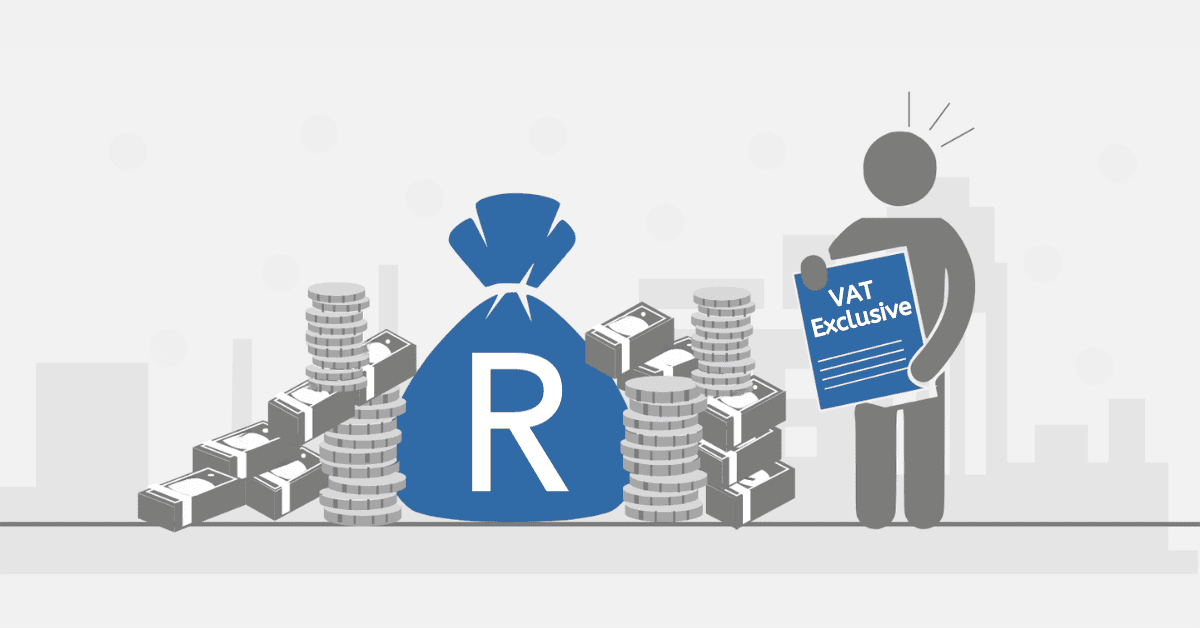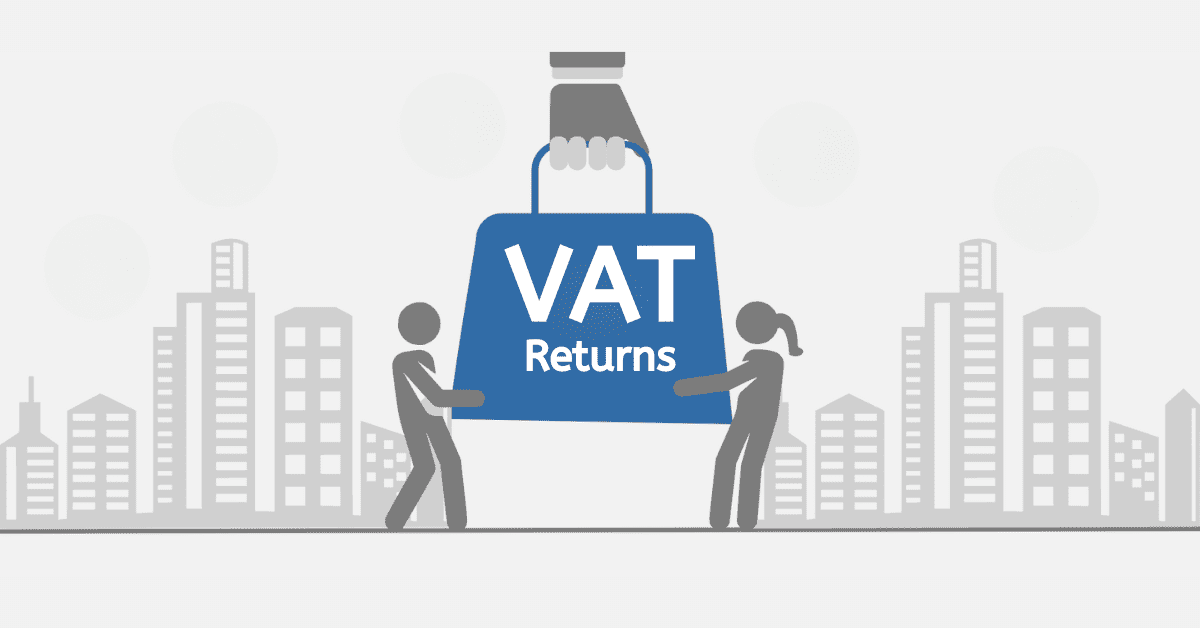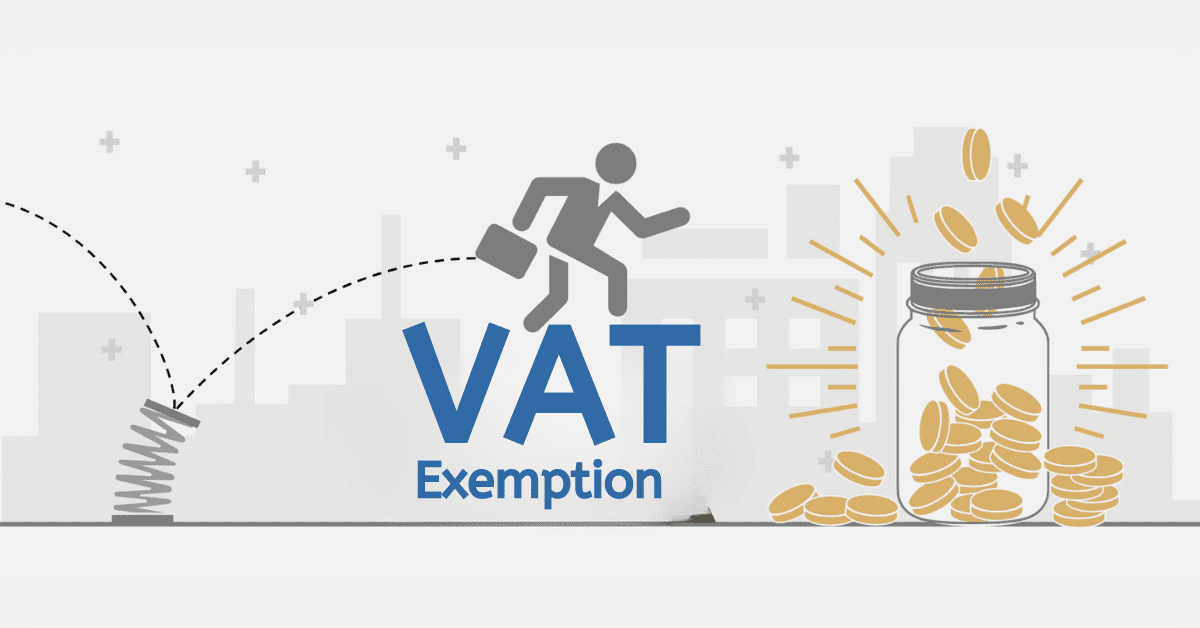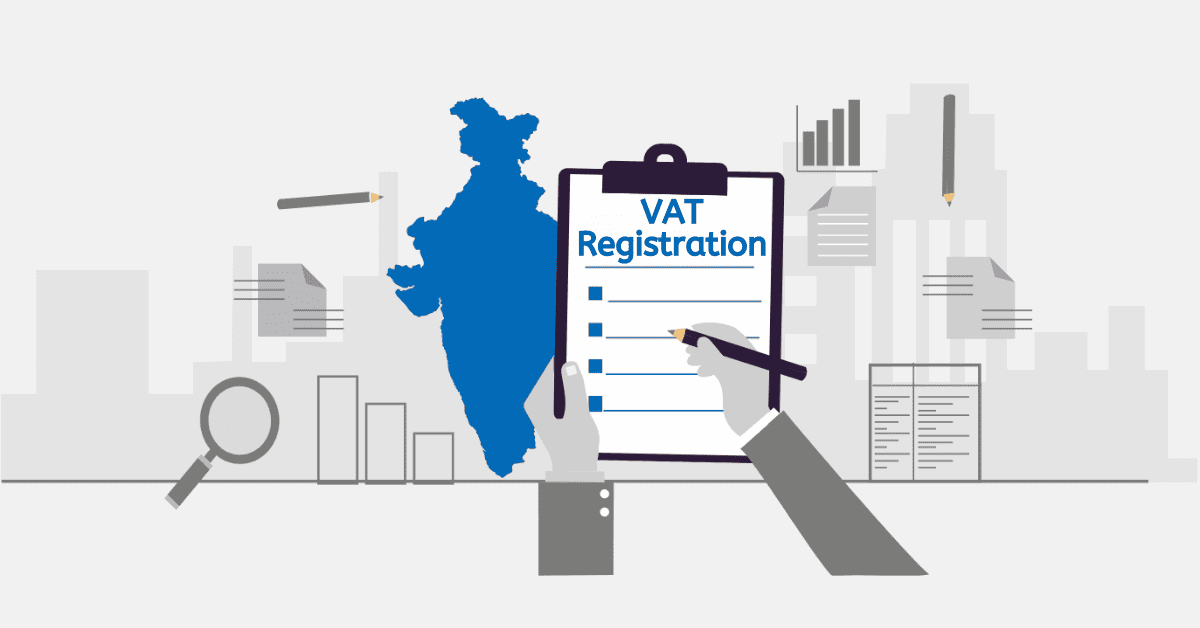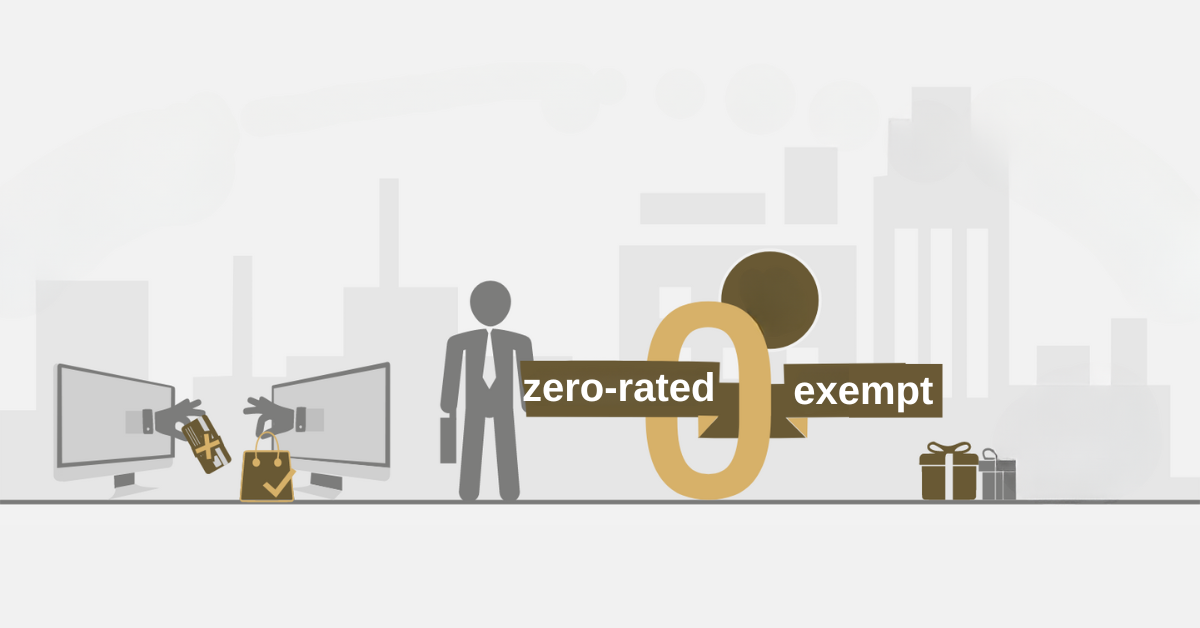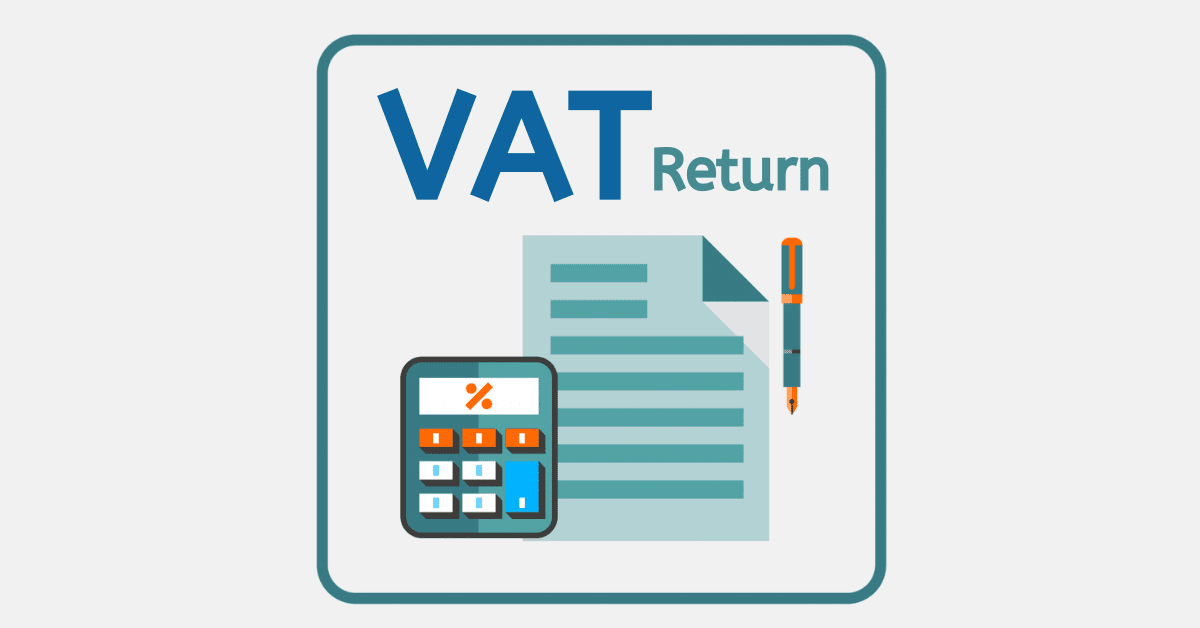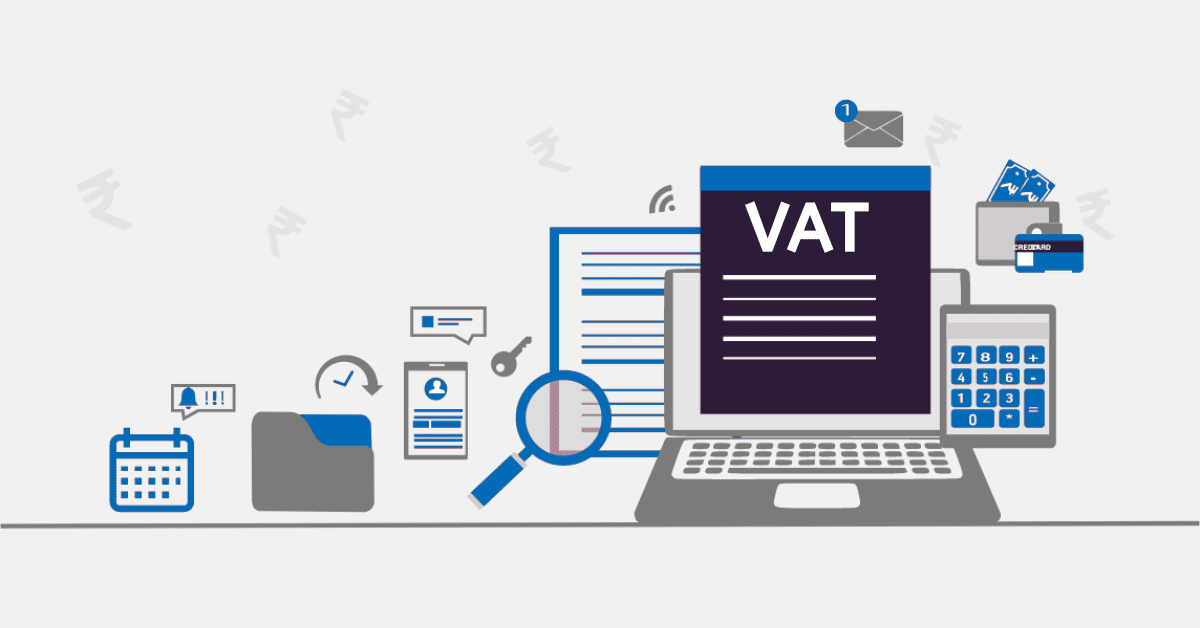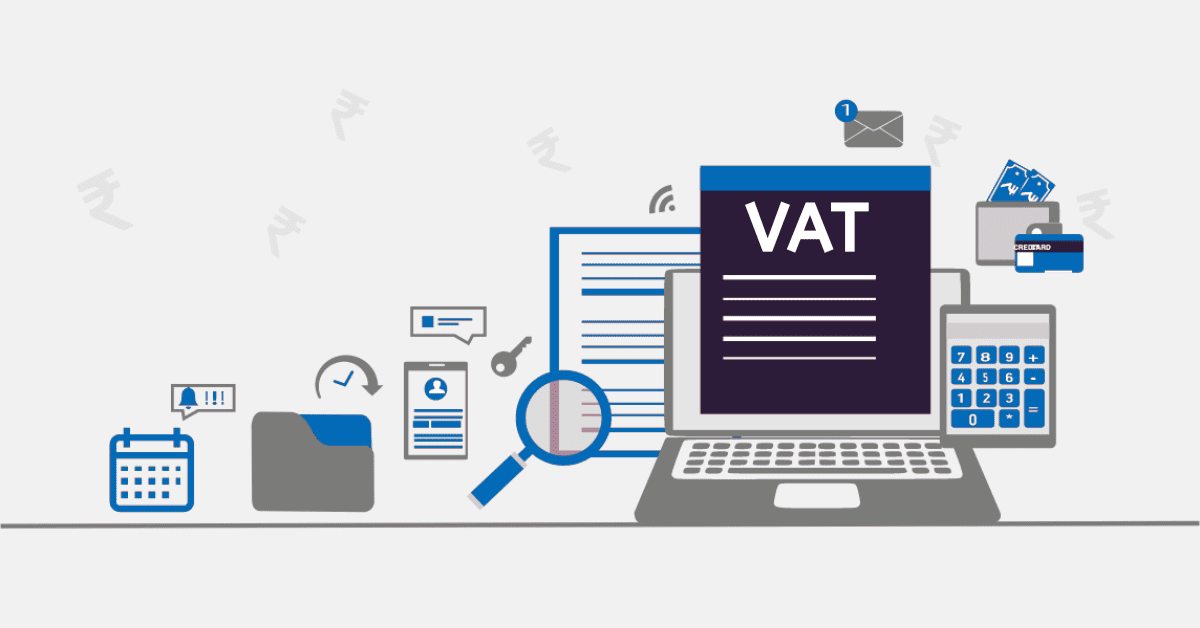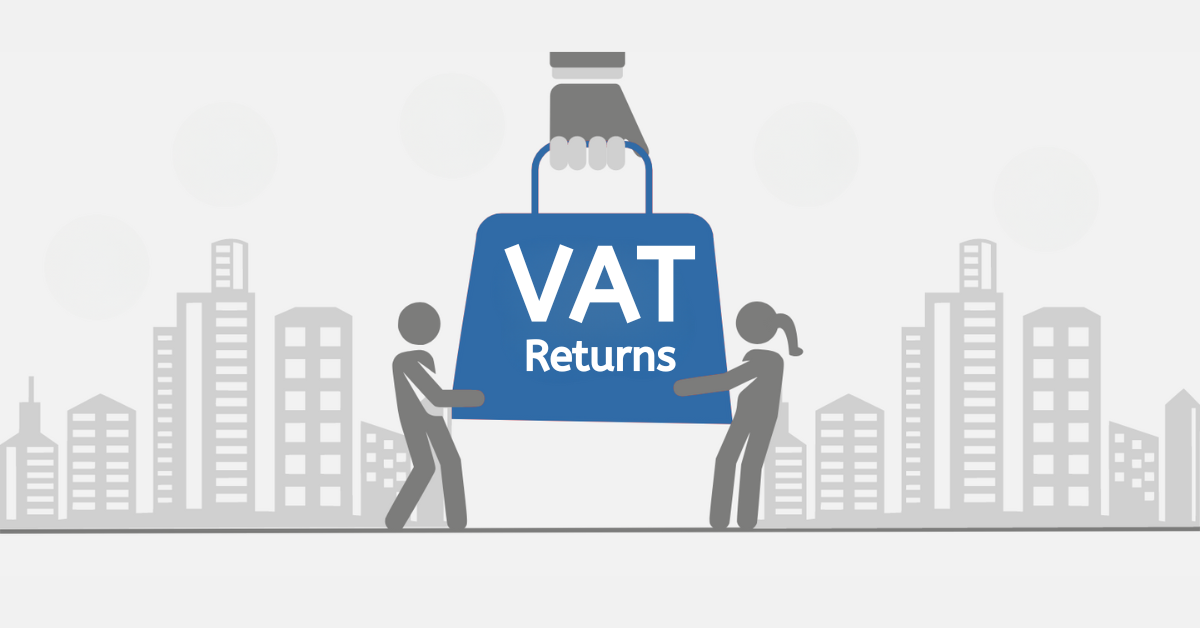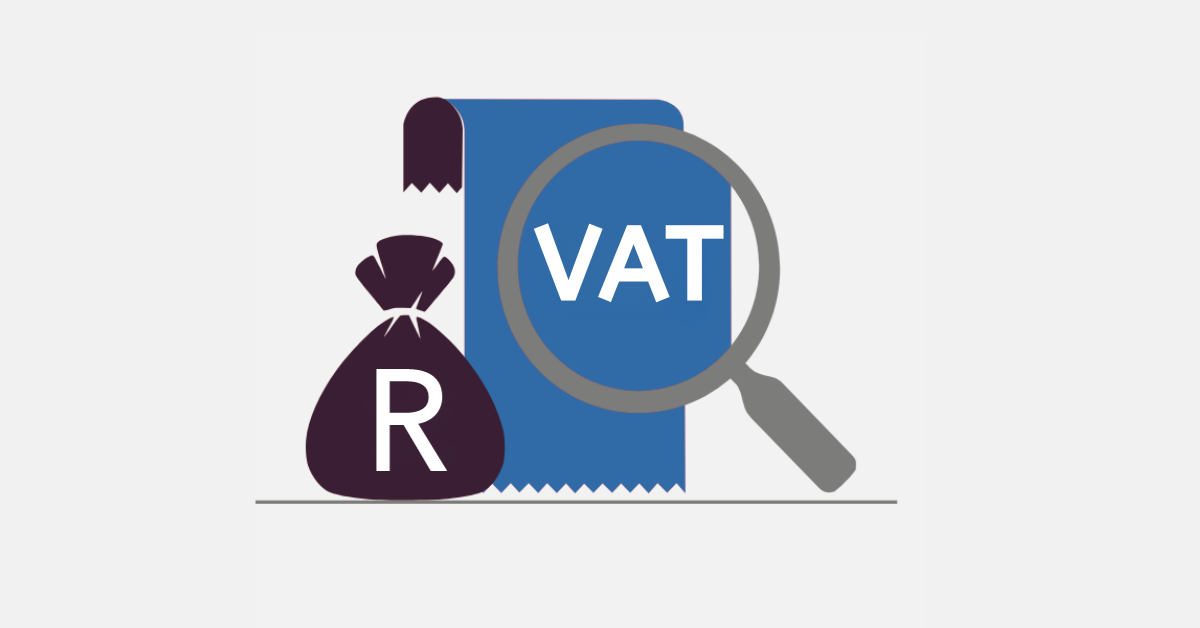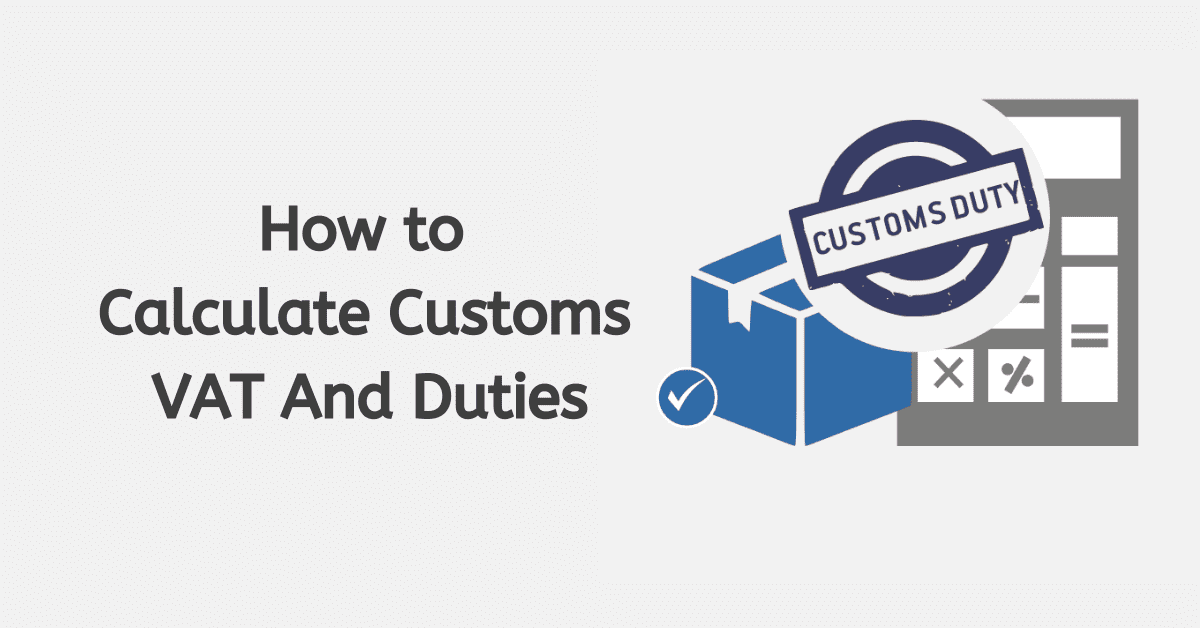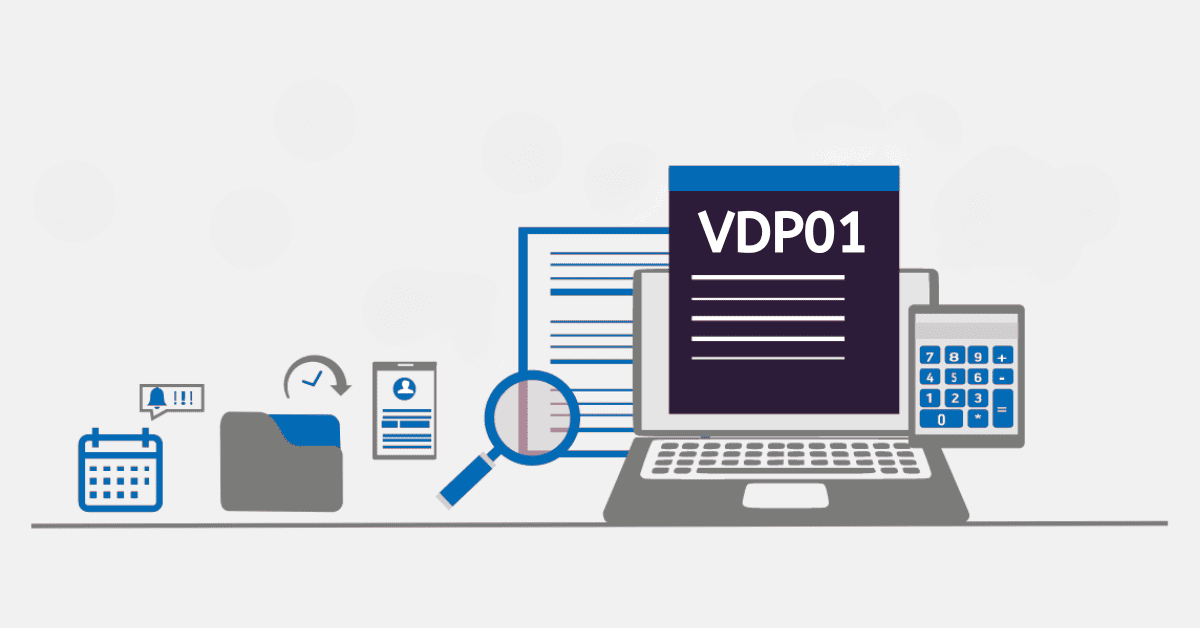All value-added tax (VAT) registered vendors must remit the VAT they collect from their sales to the South Africa Revenue Service (SARS). To do this, business owners must complete and submit a form known as a VAT return. This article explains everything you want to know about completing a VAT return in South Africa.
How to Complete a VAT Return in South Africa
A VAT return form includes information about a business’s purchases and sales during a particular period and also shows the VAT charged and to be paid. A VAT return is also used to calculate the VAT a company should be refunded.
To complete a VAT return, you can use the eFiling platform, and request the form at the SARS branch or contact center. Book an appointment before visiting your local SARS branch. If the vendor chooses the eFiling channel, they must be registered for eFiling. This method is convenient since you can do everything in the comfort of your home, and you can submit your VAT return and payments on the last business day of the month.
Vendors who choose to submit their VAT returns manually should do so by the 25th of each month. When you request the VAT201 Declaration from the SARS branch, you will be requested to provide the name, surname, and trading name of your business. The vendor must be present to ensure they sign the VAT201 declaration to allow submission of the return to SARS. Remember, photocopies or returns printed from eFiling are not accepted, and they will be rejected by SARS.
Whatever method you choose to complete your VAT return, the vendor must complete all mandatory sections. For instance, when using eFiling, compulsory sections are shown in red, and they will turn green once completed. All sections must be filled using capital letters, and black or blue ink should be used
Other fields are prepopulated, which should contain the following details:
- Trading name
- VAT registration number
- Tax period
- Payment Reference Number (PRN)
- Diesel rates
A vendor cannot edit the sections above except for their contact details. The vendor needs to provide information for the person completing the VAT201 Declaration. This information should include the surname of the individual completing the return and their capacity. A business contact number must be provided, but the field for fax number is optional. Contact email for the individual responsible for the return is also required. The tax period must be completed in the right format, and it shows the period of submission of the VAT return.
Voluntary Disclosure Program (VDP) is another section that allows the applicants to declare their tax transgressions and seek relief. Once you are done, the final step is to submit your VAT return via your preferred channel. Returns completed manually can be submitted physically at the SARS branch, but you need to book an appointment first. A VAT201 Declaration completed via eFiling is automatically submitted to SARS. Once the VAT return is complete, you will be able to make payments to SARS via your preferred method.
How Do I Submit a VAT Return to a Company?
A VAT return can only be submitted to SARS via your local branch or eFiling. If you own a company, you need to choose a convenient method to submit the return on the last working day of the month or before. It is crucial to submit VAT returns as stipulated by SARS and make sure you pay your VAT on time to avoid penalties. If you own a business and want to fill your VAT return for the first time, you need to understand all the rules and regulations. Alternatively, you can enlist the services of a tax professional to handle your VAT return.
What Is the Requirement to File a VAT Return?
In order to file a VAT return, a vendor must ensure the following requirements:
- Collect VAT on taxable supplies
- Include VAT in all advertised prices
- Provide tax invoices on supplies made
- Collect necessary documentation
Vendors should ensure they complete a VAT 201 return during a specific tax period. When everything is in order VAT returns should be submitted, followed by timely payments. Late VAT payment attracts penalty and interest. A tax return shows the VAT charged on taxable supplies (output tax) and the amount (input tax) that should be deducted to get the total figure to be paid to SARS. If the input tax is higher than the output tax, the vendor is entitled to claim a VAT refund.
What Is the Difference Between VAT and VAT Return?
A VAT return is a document that shows the calculations for the VAT amount payable to SARS or refundable money if the input tax is higher than the output tax. On the other hand, value-added tax VAT is known as an indirect tax on consumption, which is levied on taxable services and goods. It is charged on transactions for sales instead of the income or profits generated by the business. A registered vendor remits VAT to SARS, and it is one of the major sources of revenue for the government of South Africa.
Knowing how to complete a VAT return in South Africa is advantageous because it helps vendors to be compliant in their operations. You can complete your return via the eFiling platform, contact center, or visit your nearest SARS branch. All compulsory sections must be completed, and the necessary supporting documents must be ready when you submit the VAT return to SARS. Once approved, you can proceed to make your payment.
